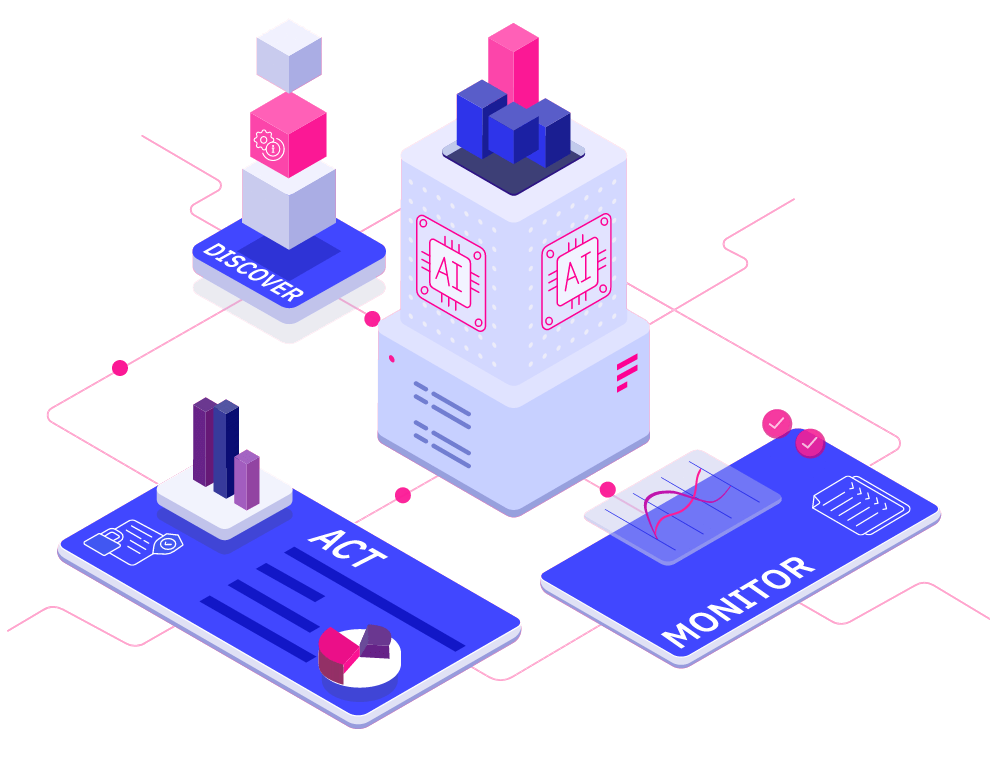
Deliver seamless, secure and smarter test data management
Curiosity’s 3-step approach to test data management allows you to gain a deep understanding of your...
Read more about Deliver seamless, secure and smarter test data management Learn moreAI-powered. End-to-end. Your complete test data management platform.
Our AI-powered Enterprise Test Data® platform cuts through complexity, giving your teams clarity, control, and confidence at every step of the test data journey.
Explore Curiosity's collection of webinars, podcasts, blogs and success stories, covering everything from visual modelling to artificial intelligence and test data management.
Deliver superior test data and overcome the challenges of complexity, legacy, scale, and regulation with Curiosity Software.
How focusing narrowly on developer productivity derailed enterprise software delivery – and how organisations can re-align their inner and outer loops.
↓Software delivery is in crisis, as delayed releases and quality failures block enterprise innovation.
Common symptoms like slow testing, unclear requirements, and data bottlenecks undermine productivity and quality. Enterprises struggle to fix the root cause of these challenges. They instead opt for quick-fix solutions, growing reliant on painkillers that provide temporary relief, but do not offer sustainable solutions.
To diagnose and solve poor productivity and software quality, enterprises must understand how their DevOps lifecycle has split into “inner” and “outer” loops.
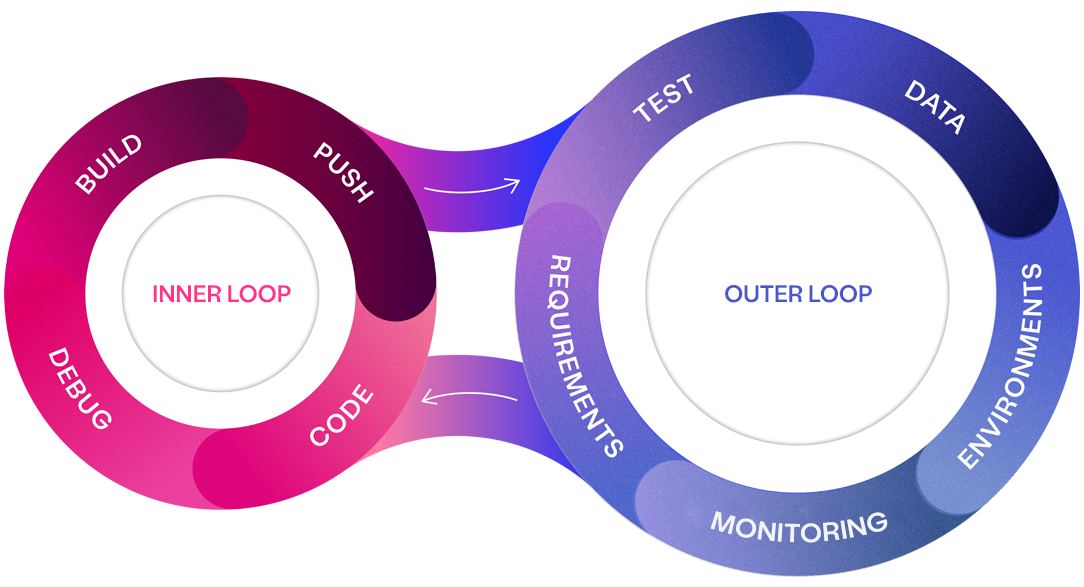
The inner loop refers to the high-value development tasks associated with creating software, such as coding, solving problems, reviewing and debugging. These activities are essential for the initial creation and refinement of the software code.
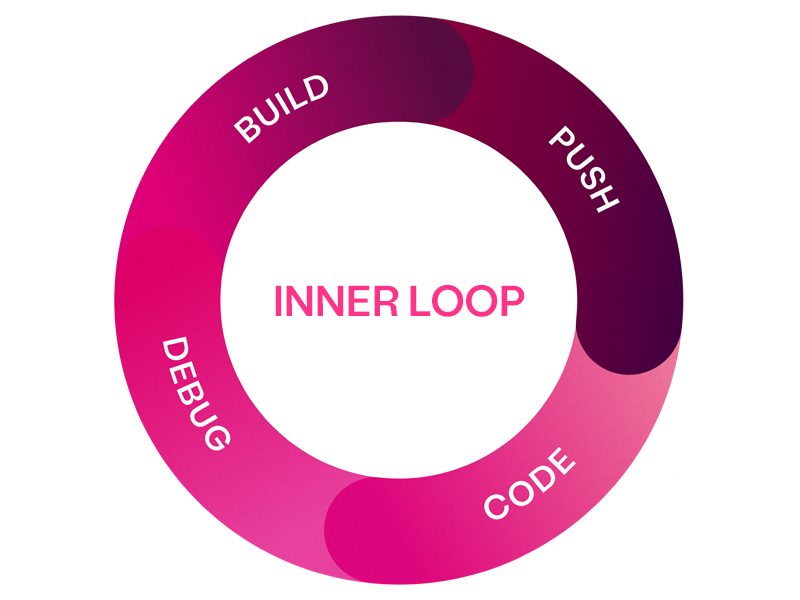
This inner loop has enjoyed sustained investment and innovation, unlocking ever-greater developer productivity:


Apache Maven continues advancements in build automation.


“92% of U.S.-based developers are already using AI coding tools both in and outside of work.”
GitHub & Wakefield Research
Whereas the inner loop is the domain of the developer, the outer loop is the world of the business analyst, product owner, tester and data engineer.
The outer loop drives the initial software ideation, feeds the inner loop with all the high-quality assets it requires, and ensures that software is well-developed, robust, reliable, and ready for real-world use. This involves tasks such as requirements engineering, test case design, test data management, and quality engineering.
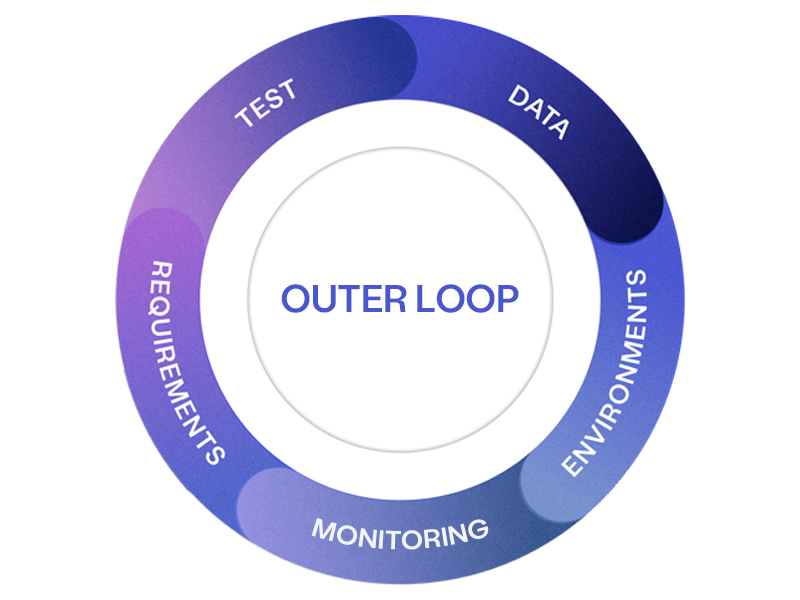
Enterprises have invested heavily in inner loop productivity, often at the expense of the outer loop. Yet, a productive outer loop is equally important to the creation and delivery of high quality software.
High-quality assets delivered to the inner loop mean that developers can quickly implement features, fix bugs, and deploy new versions of the software, contributing to a rapid development cycle. A smoothly-operating outer loop enables rapid software delivery, with clear requirements, accurate test data and a reliable testing environment, alongside continuous feedback to ensure that software meets requirements.
When the outer loop becomes neglected and bottlenecked, it creates negative risk throughout software delivery.
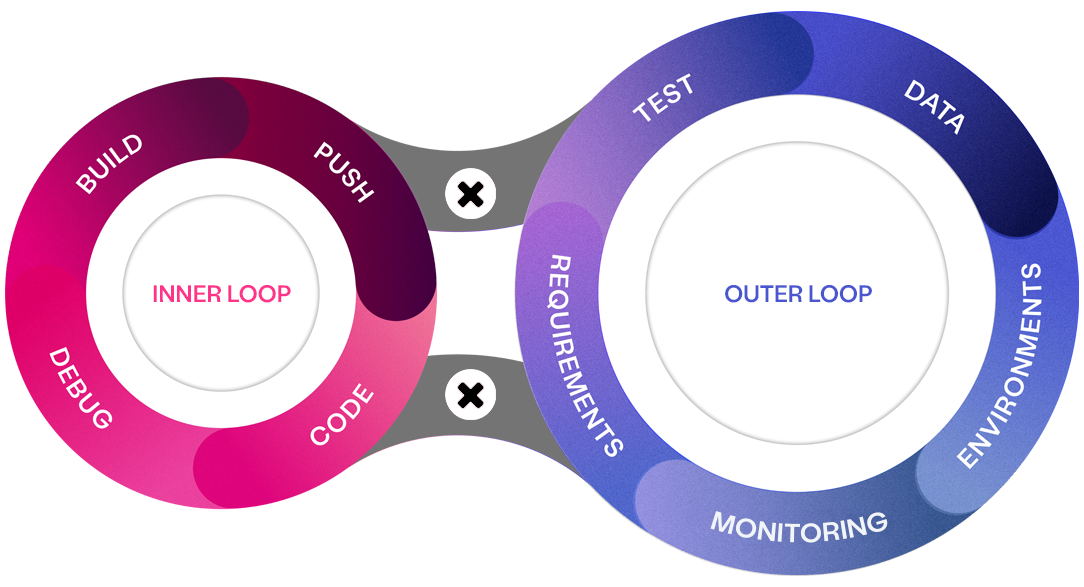


Rapid development is not traceable to clear requirements. Unmeasured, repetitive tests cannot provide release readiness or confidence.

Unclear requirements, silos and miscommunication create rework, while teams must wait slowly for test data, testing and environments.
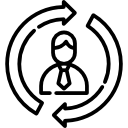
Skilled practitioners want to collaborate on valuable software. Fighting fires, toil and a ”hero culture”, they seek new opportunities.
Where should enterprises start in eliminating inner/outer loop misalignment?
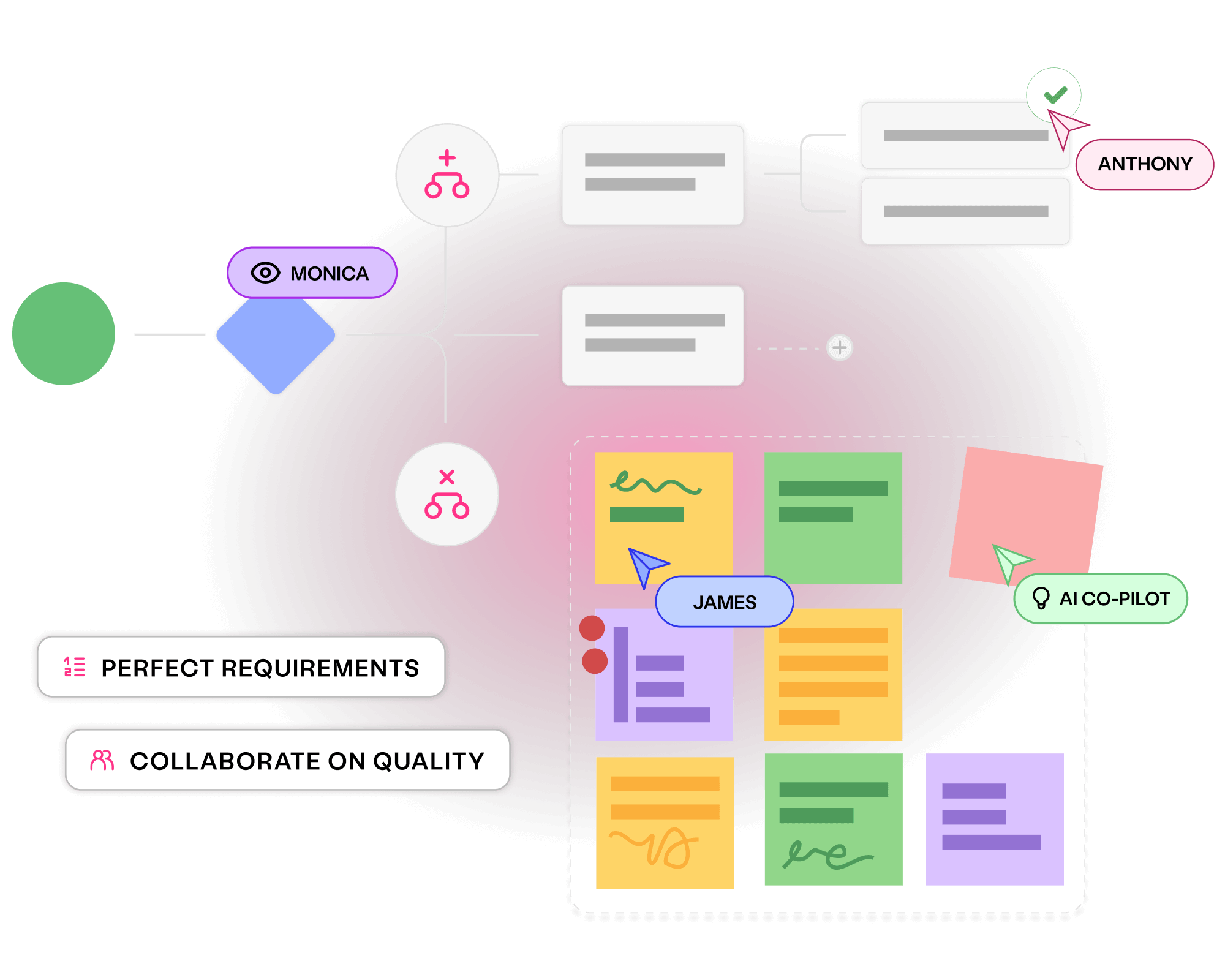
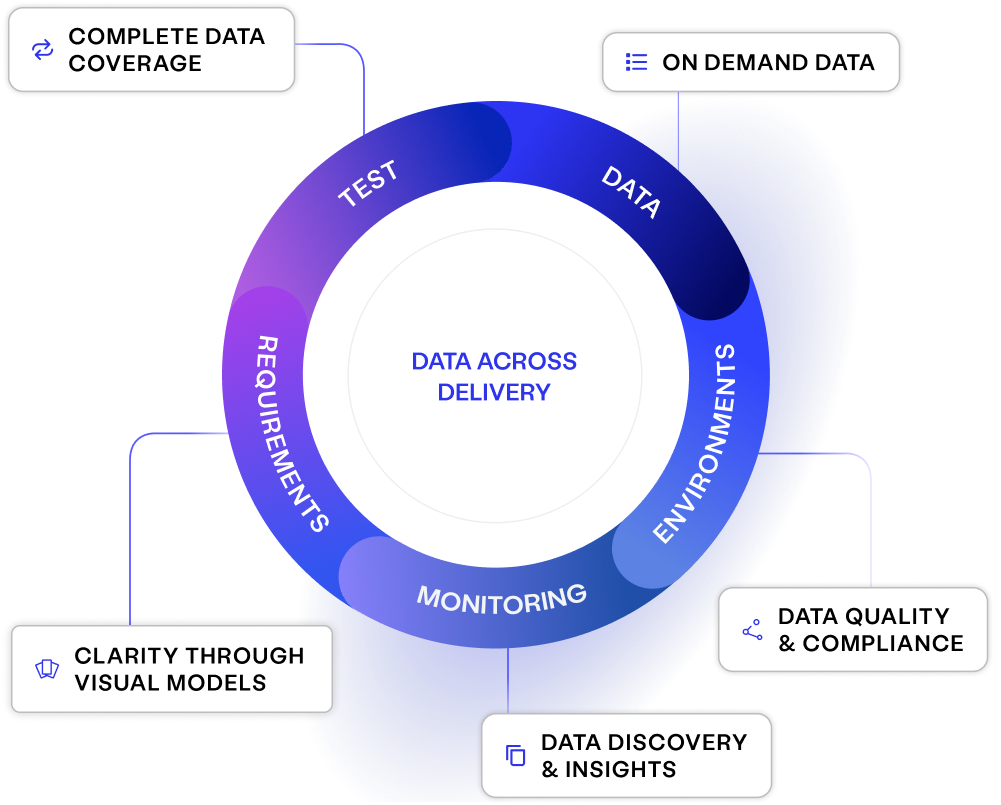
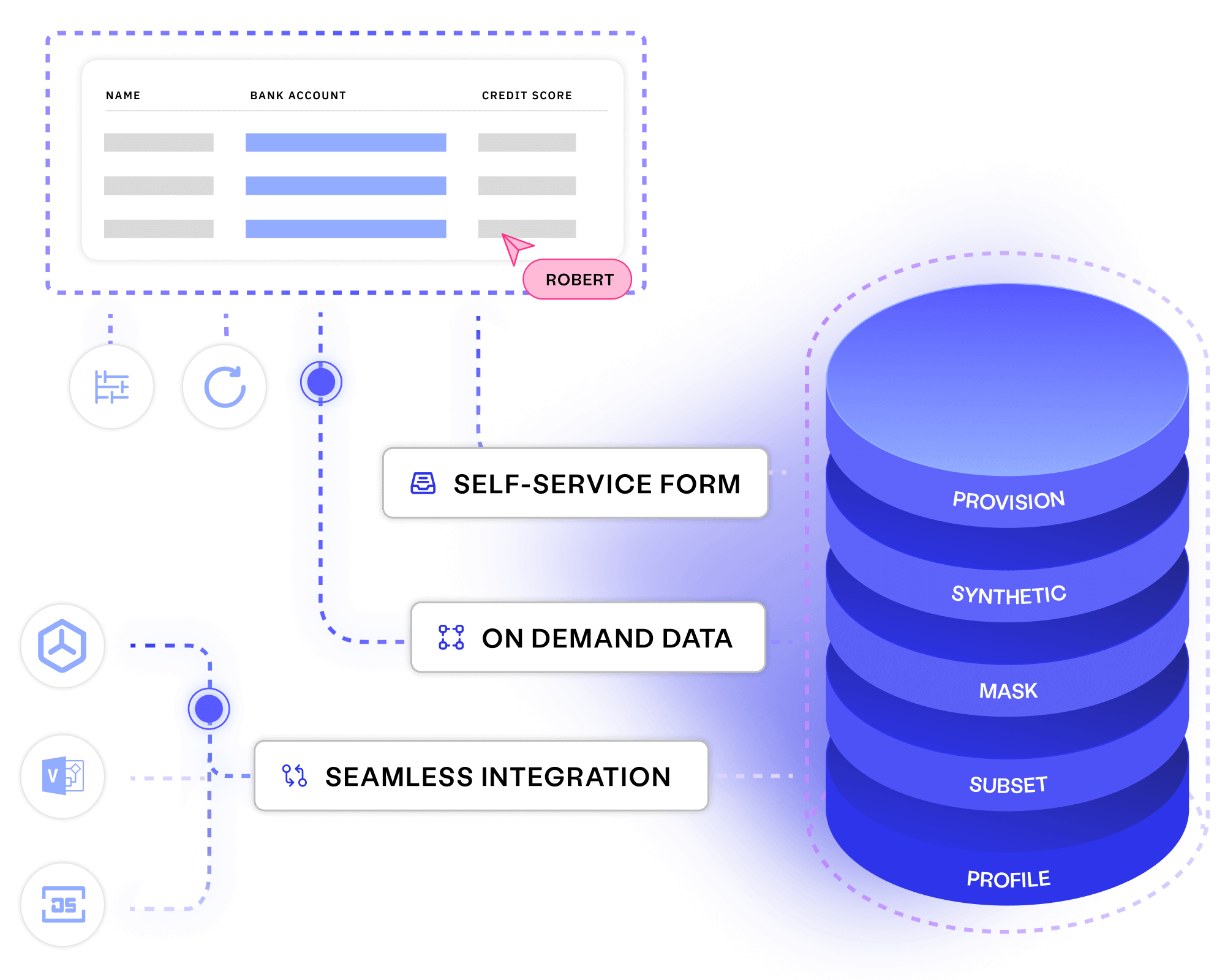
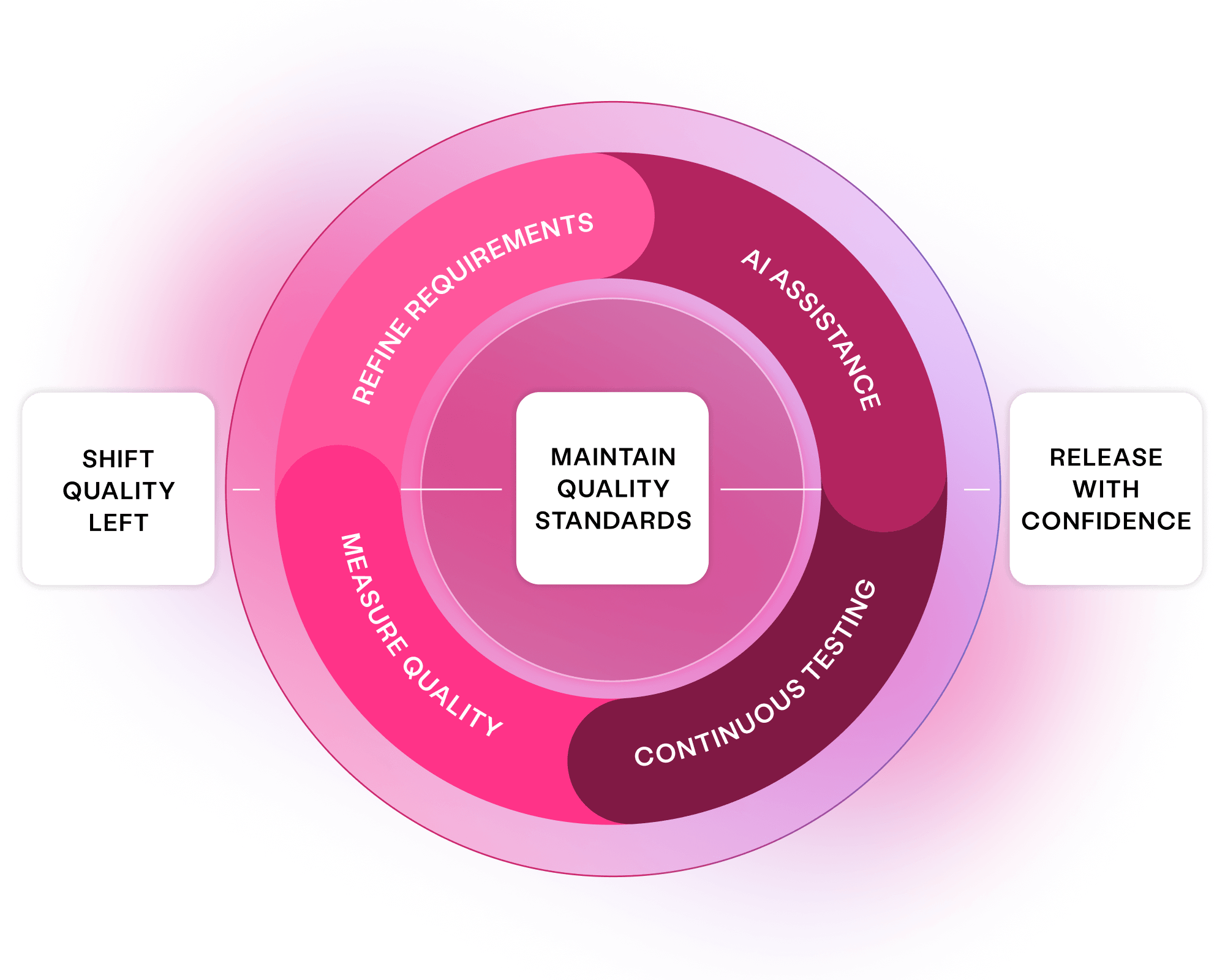






































































Requirements and quality engineering are measured against inner loop changes. Rigorous tests assure the bug-free delivery of requirements and code changes.

Inner and outer loop stakeholders work from a shared under-standing of systems, requirements and quality outcomes, without silos or cross-team constraints.
The best people want to work on the best software. Alignment frees up critical thinking and creativity, nurtures skills and maintains developer experience.
Our platform prioritises outer loop productivity and quality, while fostering collaboration across your entire software delivery ecosystem.
 Clarity through visual models
Clarity through visual models
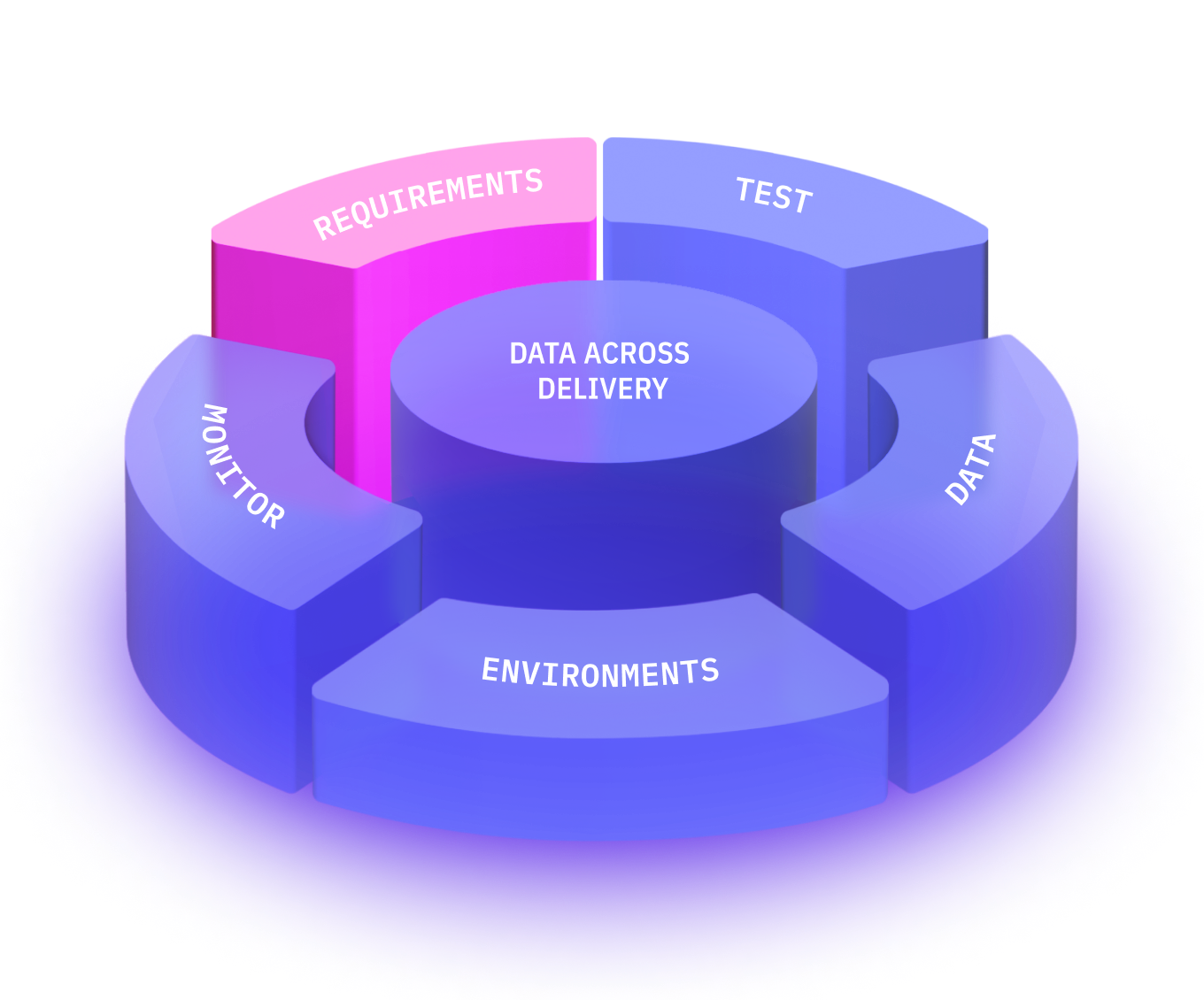
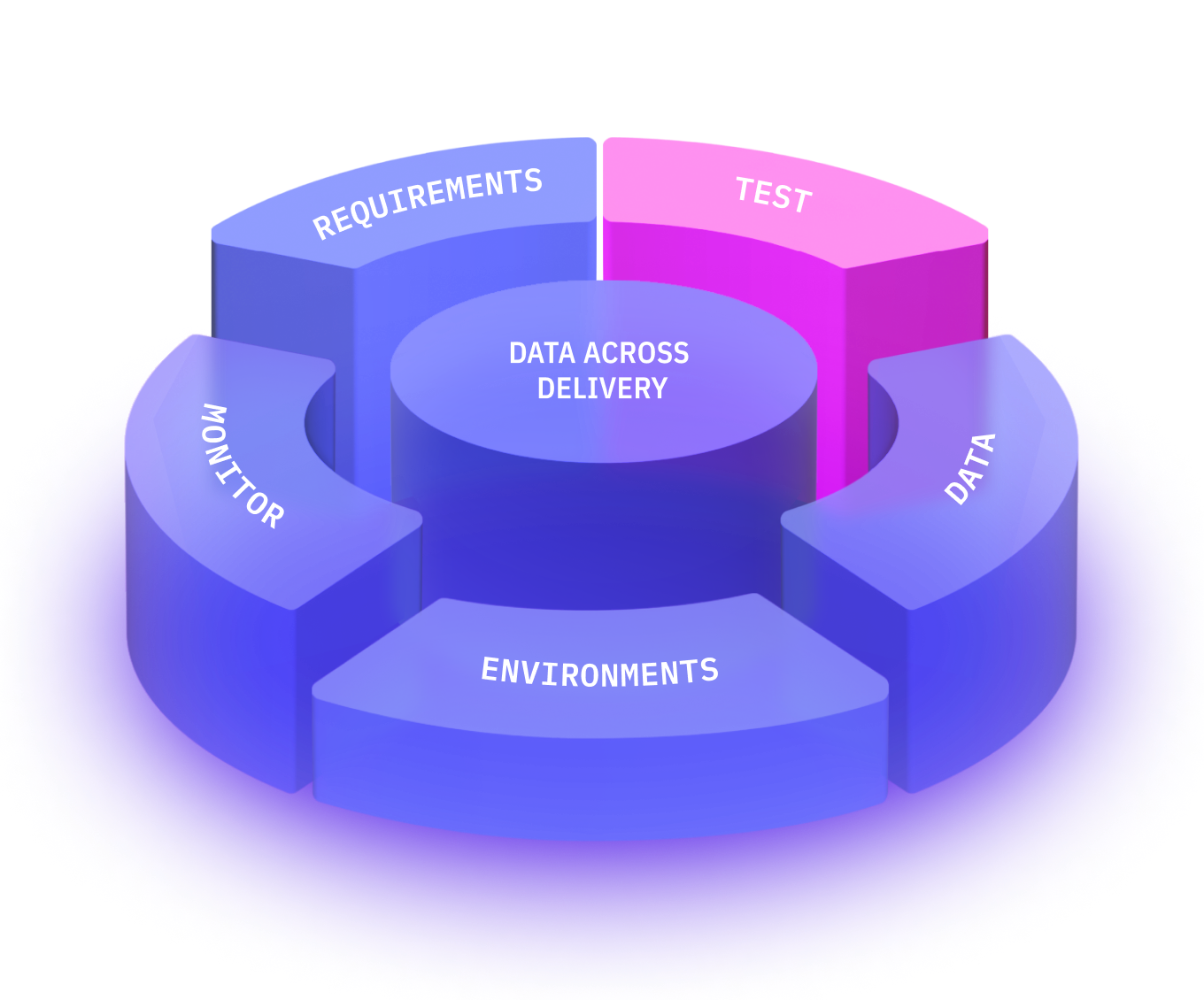
 The right data, on demand
The right data, on demand
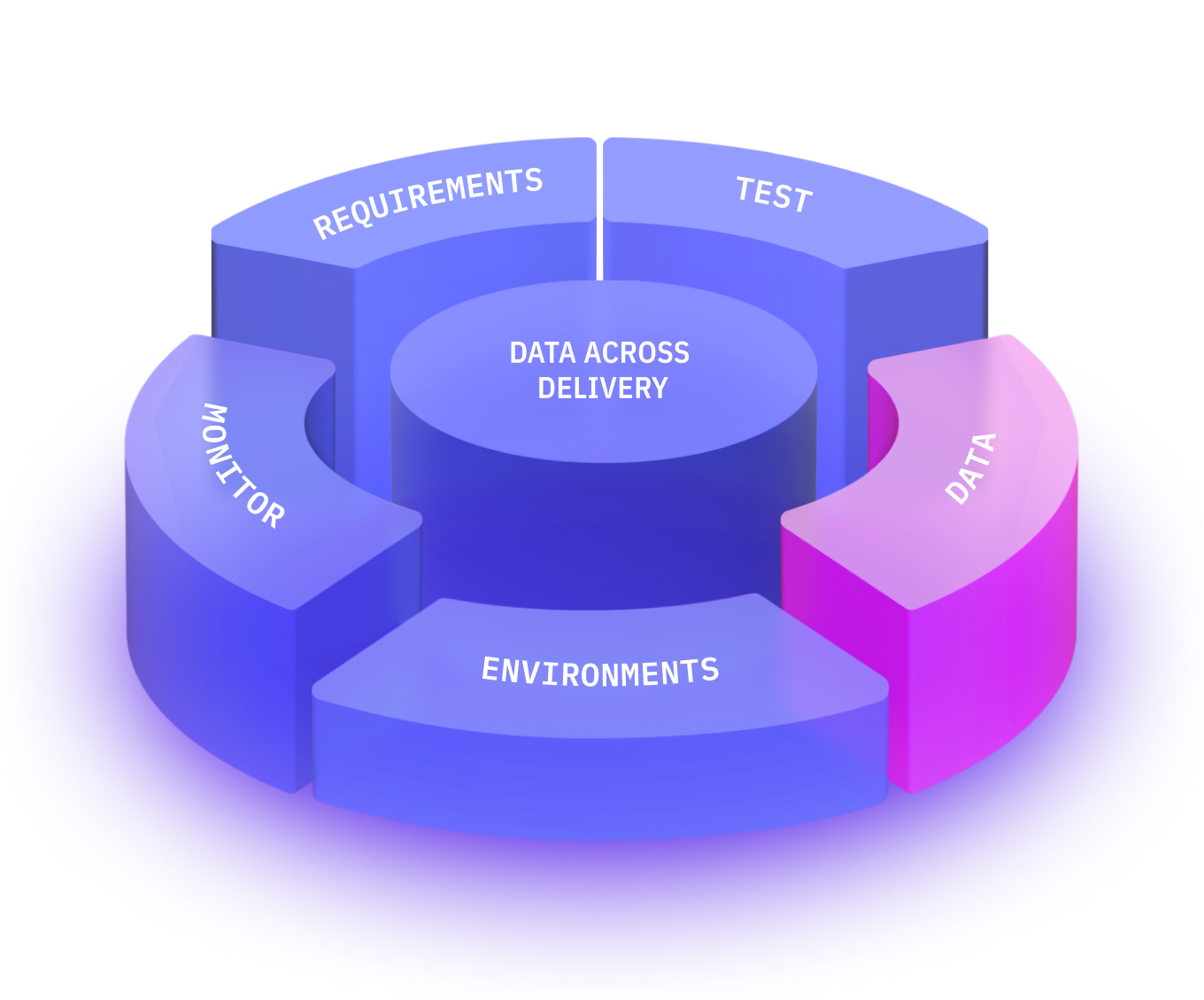
 Data quality & compliance
Data quality & compliance
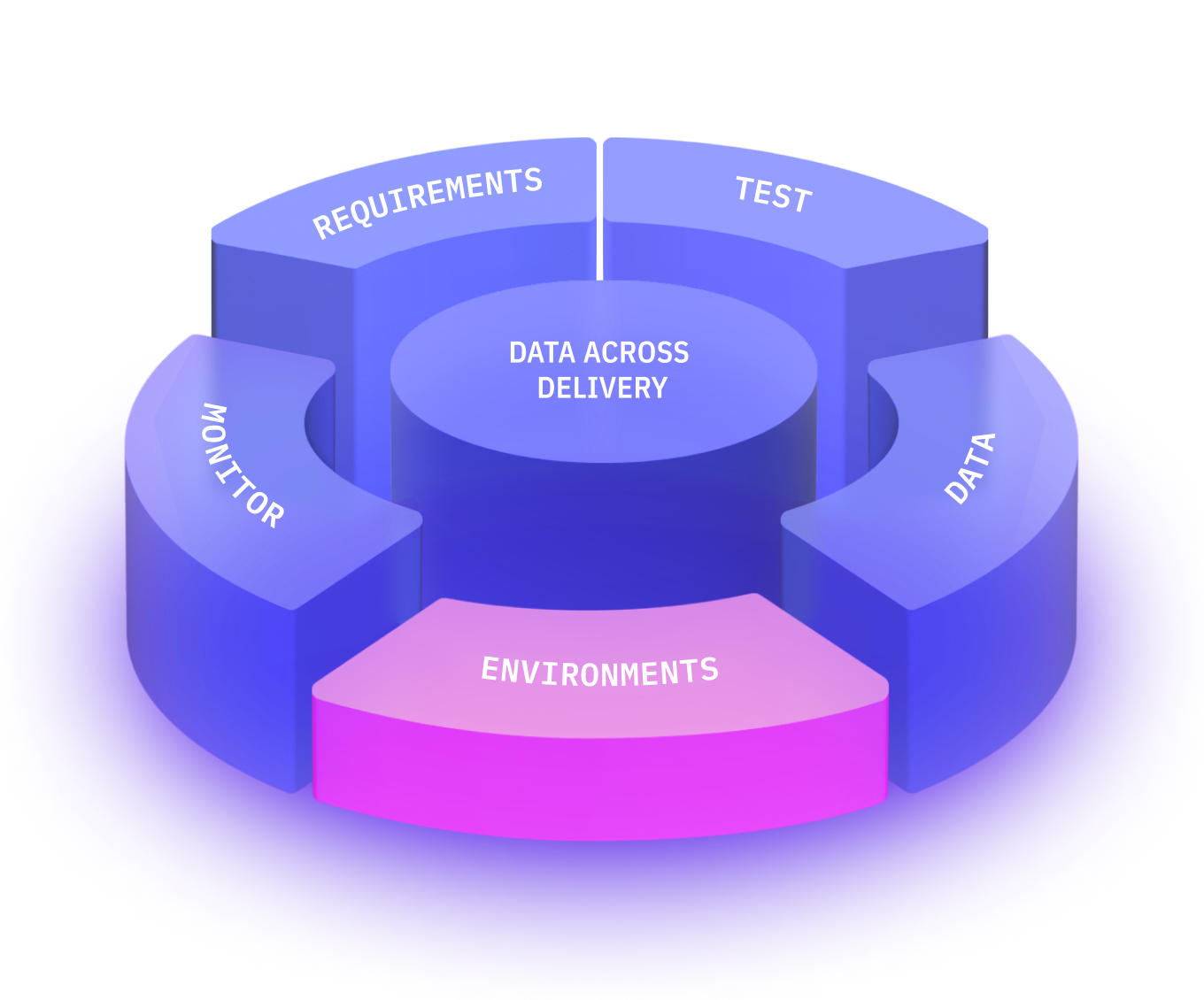
 Data discovery & insights
Data discovery & insights
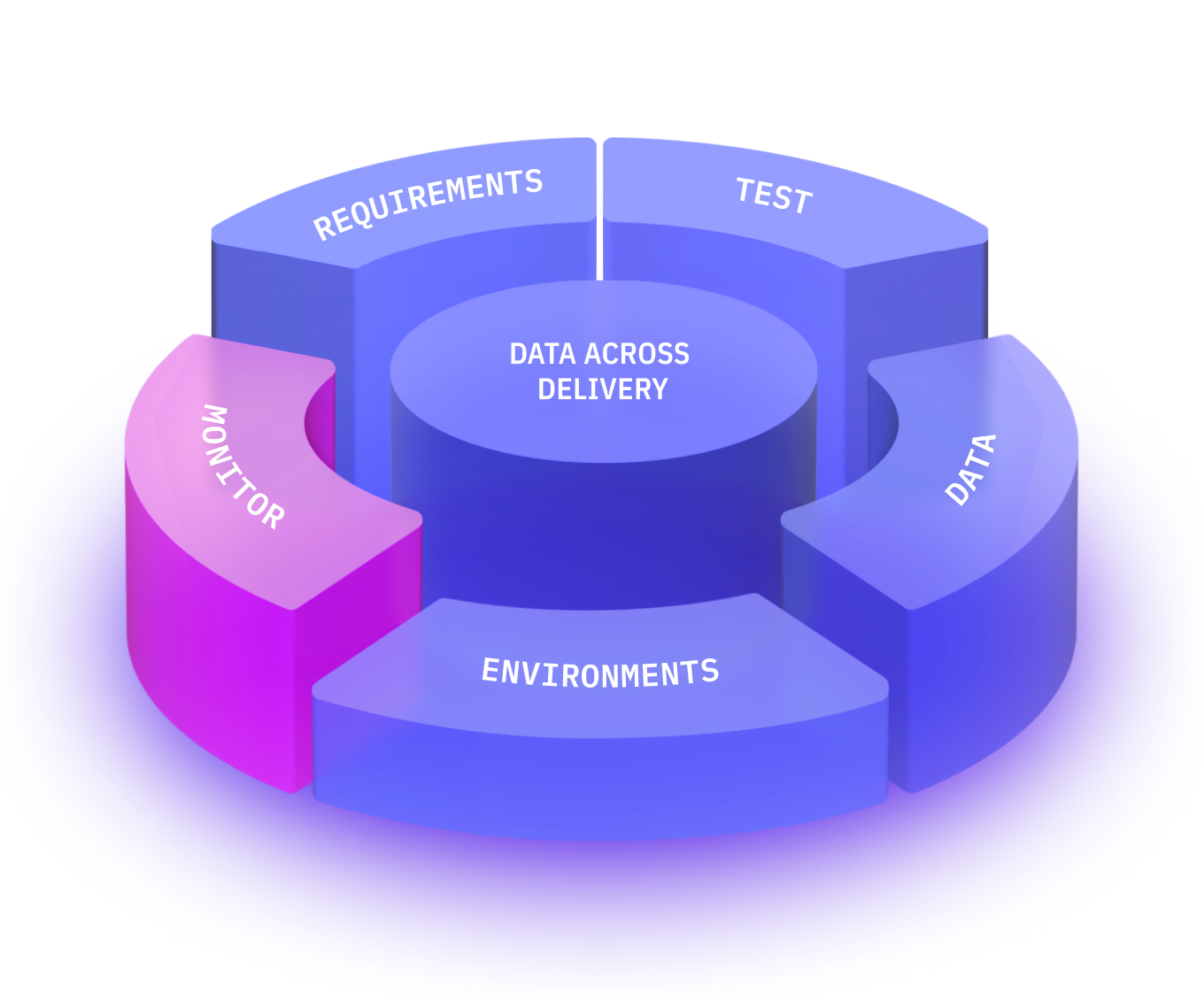





 Clarity through visual models
Clarity through visual models
 The right data, on demand
The right data, on demand
 Data quality & compliance
Data quality & compliance
 Data discovery & insights
Data discovery & insights





Uncover smarter test data, with Curiosity’s all-in-one, AI-accelerated platform. Offering integrated, secure, and intuitive tools to simplify complex data landscapes and overcome test data management challenges.
Explore platform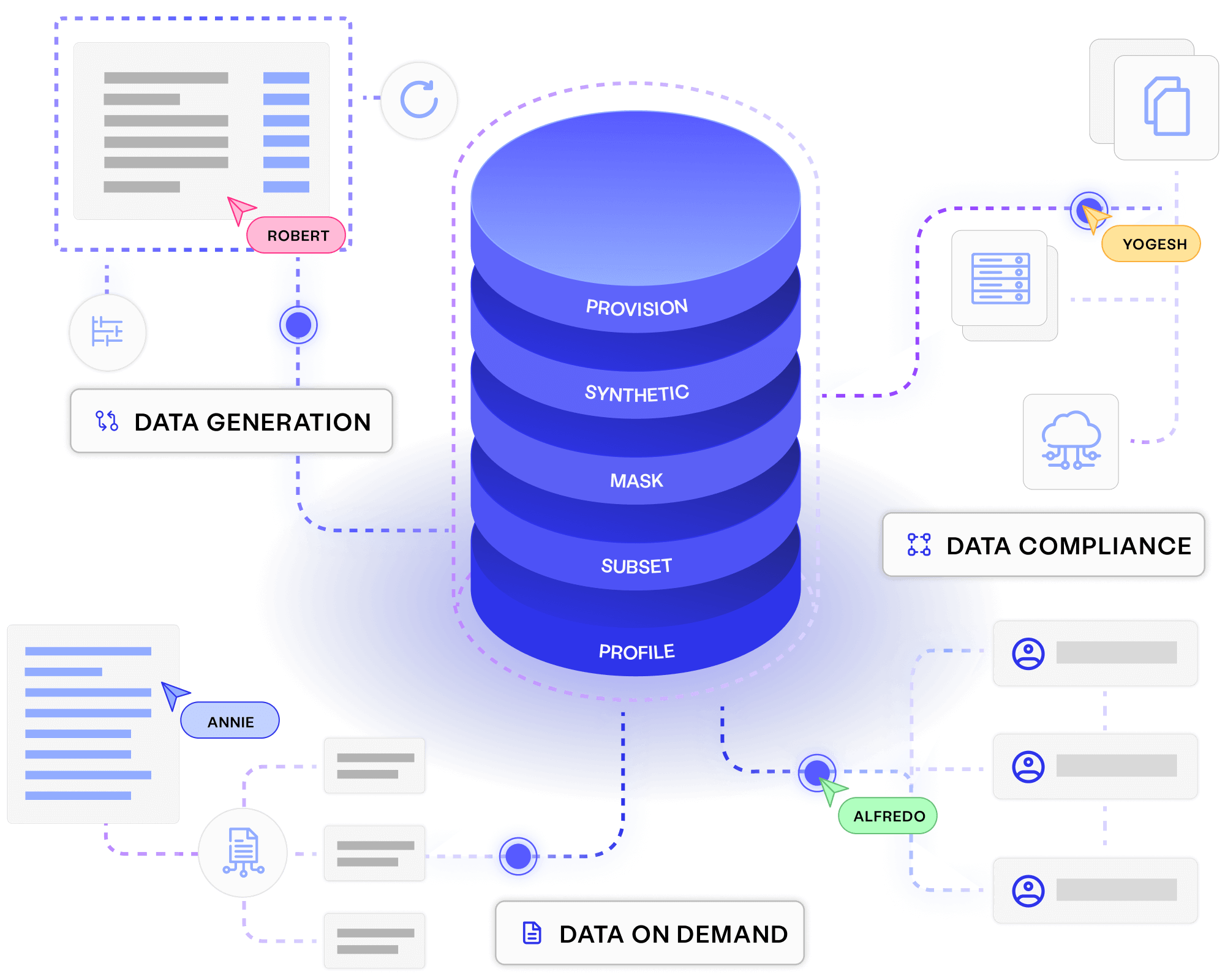
Read a resource, or meet with an expert, to discover how Curiosity can revolutionise your test data management.

Curiosity’s 3-step approach to test data management allows you to gain a deep understanding of your...
Read more about Deliver seamless, secure and smarter test data management Learn more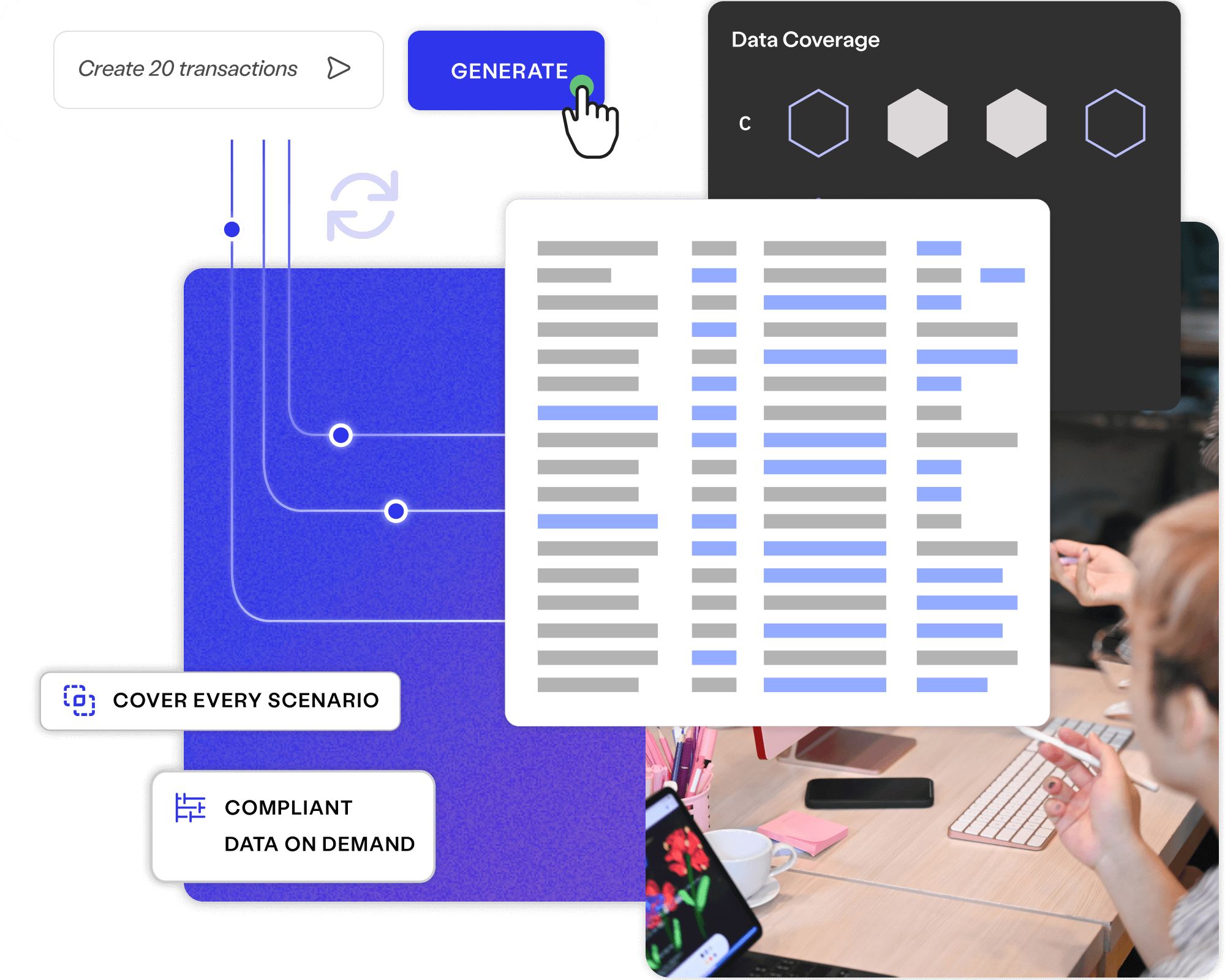
Offering integrated, secure, and intuitive tools to simplify complex application landscapes and...
Read more about Discover Enterprise Test Data® Learn more
Speak with a Curiosity expert to learn how you can advance your software quality and productivity.
Read more about Meet with a Curiosity expert Book now